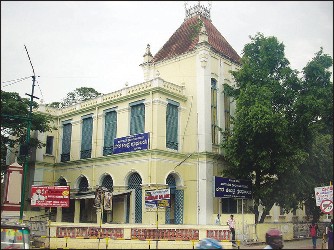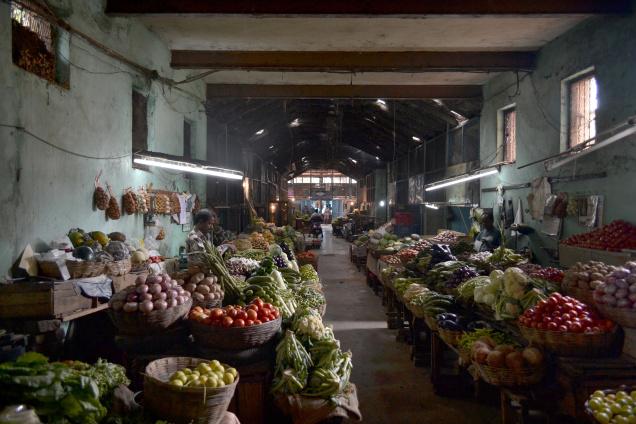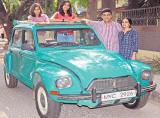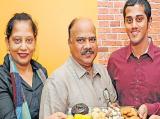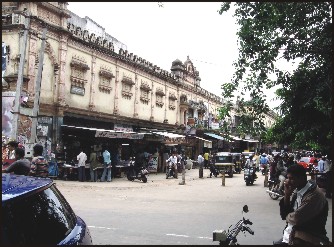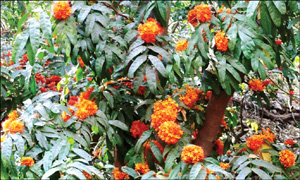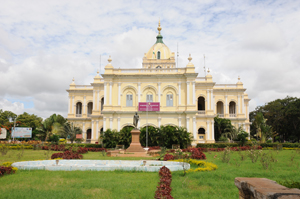
by S.N. Venkatnag Sobers
One of the heritage structures in Mysuru is the Deputy Commissioner’s office. Though, there are no authentic documentation regarding the building, it is said that the foundation for the building was laid on June 20, 1887 and the construction was completed in 1895.
The building constructed at a cost of Rs. 1.75 lakh, had two halls and 27 rooms which served as the offices and chambers. It was also the place where the Mysore Representative Assembly was held during the Wadiyars rule in early 1900s. Built in European style, the building has octagonal dome with an unusual double-bulb final resting on an elaborately composed square drum, ardhes of different shapes, with corinthian pilasters, open verandahs leading into high ceilings.
The area where DC office is located was called as ‘Gordon Park’ named after Sir James Davidson Gordon, the British Administrator, who was the guardian of Maharaja Chamaraja Wadiyar.
The building which is spread over 30,000 sq ft was surrounded by 92 acre open space. The building was dedicated to Sir Gordon as a gratitude for his services extended to Mysore Kingdom till Chamaraja Wadiyar became an adult and took over the administration. Chamaraja Wadiyar was coronated at the age of five.
Some of the important offices which were housed at Deputy Commissioner’s office were the District Treasury, District Excise Office, Judicial Records Room, Revenue Records Room, Office of the Superintendent of Police, the District Forest Office on the ground floor and District Health Office, Mysore Sub-Divisional Office on the first floor.
The present DC office building which is 120-year-old heritage building houses the offices of Additional Deputy Commissioner, Assistant Commissioner (Mysuru Taluk), District Treasury, Department of Food and Civil Supplies, Deputy Director of Land Records and District Urban Development Cell (DUDC). Offices belonging to Department of Social Welfare, and Department of Backward Communities and Minorities (BCM) which were at the DC’s office have been shifted owing to space constraint.
Attara Kacheri: The Deputy Commissioner’s office in Mysuru was earlier known as ‘Attara Kacheri’ as it housed offices of 18 different departments. It is believed that the then King Chikkadevaraja Wadiyar (1673 to 1704) had divided the administration of Mysore State to 18 departments for smooth functioning of the kingdom. Chikkadevaraja Wadiyar was influenced by Mughal Emperor Aurangazeb who had also divided the administration into 18 departments. After the British left the Kingdom, the Deputy Commissioner’s Office was converted into Dewan’s Office which housed the offices of 18 departments.
Sir James Davidson Gordon: Right in front of the Deputy Commissioner’s Office, there is a bronze statue of Sir James Davidson Gordon, who served as the Chief Commissioner of Mysuru from 1878-81. He was also the guardian to the then King Chamaraja Wadiyar from 1871-1873.
Sir Gordon was born to Evelyn Meadows during 1835. After joining the Civil Service in 1854, he worked as the Private Secretary to Governor General Lord Lawrence from 1866-73. Later, he became the Judicial Commissioner of Mysore, Chief Commissioner in 1878 and a Resident of Mysore in 1882. Sir Gordon retired in 1883 and died on June 27, 1889.
When Sir Gordon was serving as the Chief Commissioner, Chamaraja Wadiyar was the heir to the throne. Since Chamaraja Wadiyar was a minor, Sir Gordon took care of his education and guided him with the administration. After he became the King, Gordon continued to guide him and resided in the building in Mysuru.
New DC office: The construction of the new Deputy Commissioner’s Office will be taken up on a 15 acre land located in German Press premises in Siddharthanagar. Around 100 acre of land belonging to State Government was leased to Central Government for a period of 99 years for Re.1 annual rent agreement. Now, the Central Government has handed over 15 acre land to the State Government following its request to accommodate the new DC’s office. The matter was also pursued by Mysuru-Kodagu MP Prathap Simha.
Though, the lease period of the land was valid till 2061, the Central Government handed over the land back to the State Government to go ahead with the project. Previously, the State Government had earmarked Rs. 35 crore for the construction of new DC Office complex and had instructed the District Administration to identify the land.
Speaking to Star of Mysore, DC C. Shikha said that the new building with a basement and two floors will have offices of 25 departments including those which are functioning in rented premises.
The built up area will be around 17,000 sq mts and will be designed by the State Public Works Department keeping in mind the heritage and cultural values of the Mysuru district, said Shikha.
She also mentioned that new building will be public, disabled and senior citizen friendly with ample parking space and lung space around the building.
When asked about the new DC office being too far from the city, DC Shikha mentioned that it would not be difficult for people to reach the new DC office as it was well connected with transport facilities and was near to the sub-urban bus stand.
Adding that the land identified for the new DC office was ideal, Shikha mentioned that it would have been difficult for the District Administration to find a suitable land in city limits.
Now the question arises as to what would happen to the old DC office building after completion of the new building. Reacting to this, DC Shikha said that the old office building will be retained by the Revenue Department and the State Government would decide on the measures to be taken to preserve and conserve the heritage structure.
source: http://www.starofmysore.com / Star of Mysore / Home> Feature Articles / Sunday – June 14th, 2015
